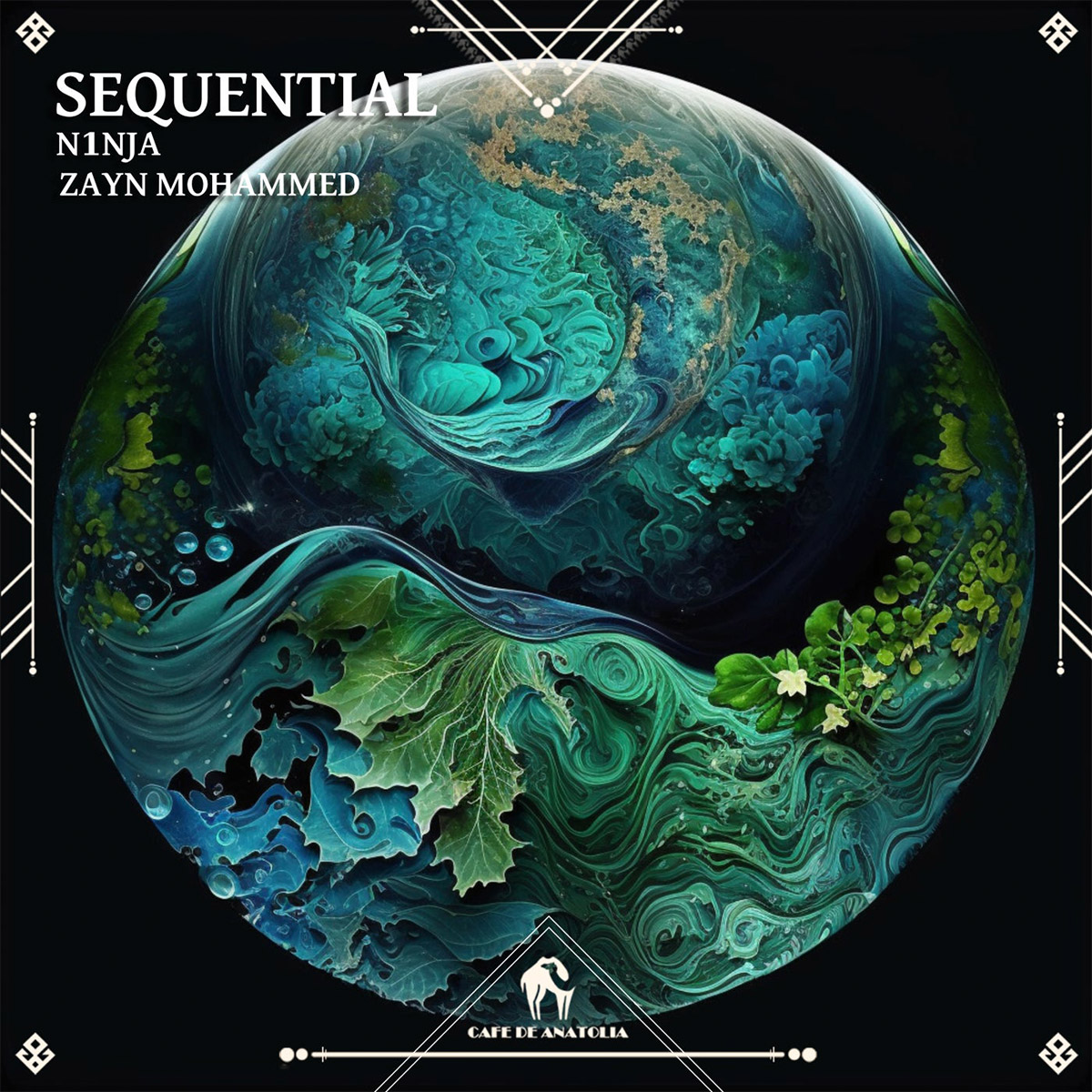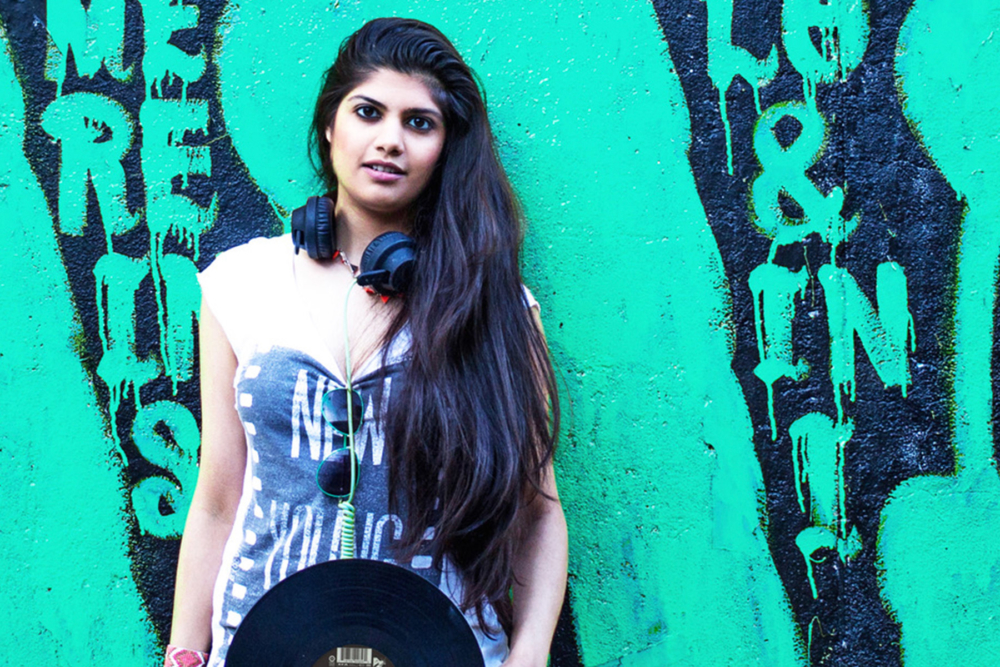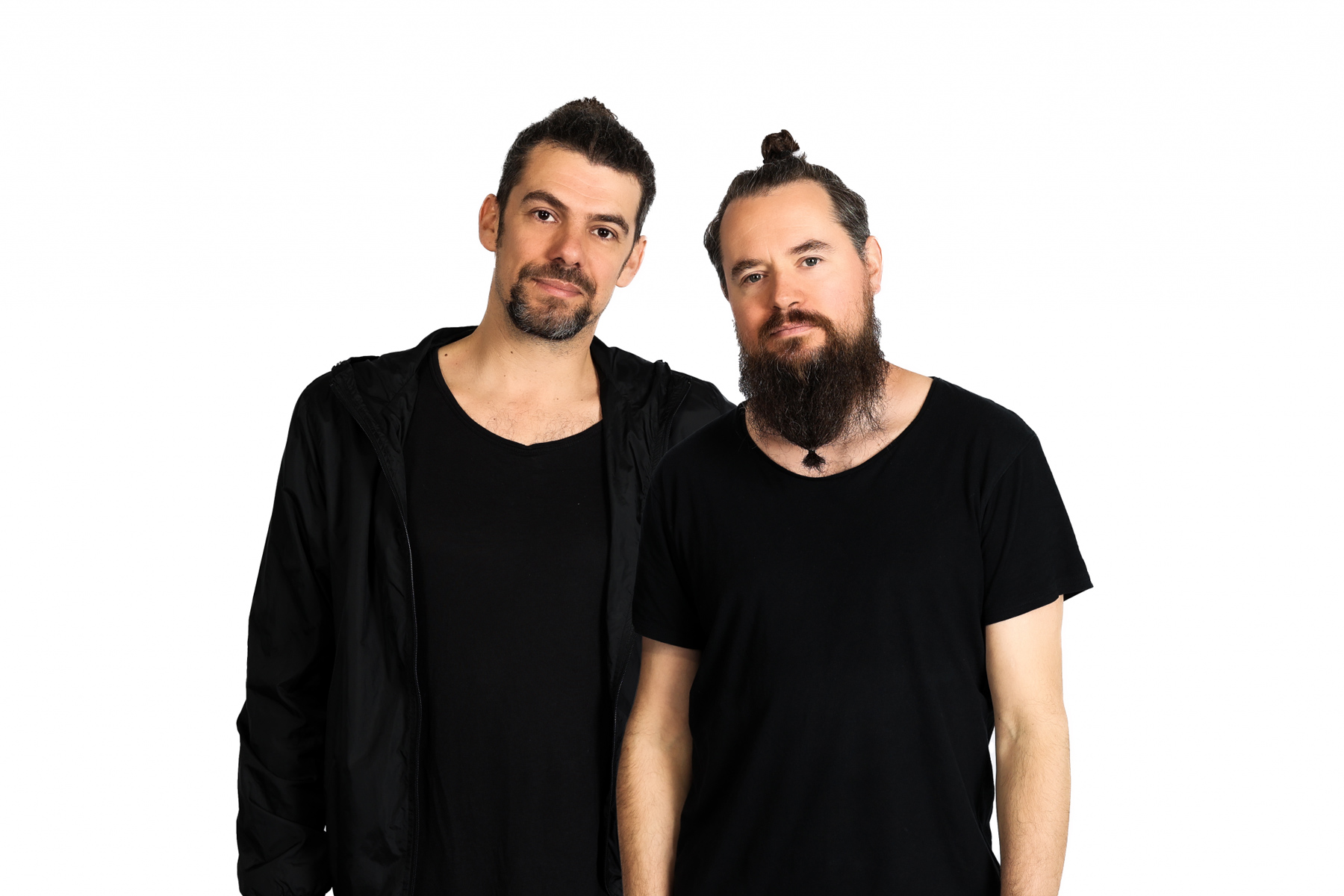Farah Nanji, also known as N1NJA, is a London-based artist who combines music and racing. With training at Buddha Bar, she creates unique sounds inspired by her Indian and African heritage. Using instruments like the electric guitar and sitar, she blends deep tech and techno.
Photo credit: N1NJA – Official
Farah’s talents extend beyond music. She is a thought leader in motorsports entrepreneurship, podcasting, and journalism, speaking at conferences like ADE, IMS, and Davos.
Despite overcoming Dyspraxia, a motor coordination difficulty, Farah has excelled in the warrior arts and delivered a TEDx talk on rewiring the brain. She also hosts the popular podcast series Mission Makers, interviewing influential guests such as Pete Tong, Carl Cox, Bob Moses, Lee Burridge, and Deepak Chopra.
N1NJA invited EG to the studio to share six tips for blending timeless instruments with electronic elements and finding freedom in your sound.
1. Crafting harmonic fusion in guitar and Electronic music
For me, one of the most exciting aspects of music production is blending timeless instruments like the guitar with electronic elements. Here are my tips on how to seamlessly merge the two:
2. Harmonizing guitar and synths
Start by recording your guitar riff or melody. Once you have the audio, experiment with pitch-shifting plugins like Soundtoys Little AlterBoy or Crystallizer and MIDI controllers to recreate the same riff using synthesized sounds. Blend the original guitar recording with the synthesized version, finding a balance where the warmth of the guitar and the precision of the synth complement each other.
3. Creative effects
Experiment with effects to create unique textures. Apply reverbs to the guitar to make it sound atmospheric, or add granular synthesis to the electronic elements for a more experimental vibe. My favorite plugins for these are the classic Valhalla VintageVerb and Granite by New Sonic Art. Modulation effects like chorus and phasers can add movement and depth to both the guitar and electronic elements, creating a rich sonic landscape.
4. Layering and frequency separation
Consider the frequency ranges of the guitar and electronic elements. Low-pass filtering of the guitar can make space for bass-heavy synths, preventing muddiness in the mix. Conversely, high-pass filtering electronic elements can create room for the shimmering highs of the guitar. Experiment with layering: use distorted guitars to add grit to your basslines or blend clean guitar arpeggios with pluck synths for a delicate, ethereal quality. My favorite is the Moog Filter by UAD.
5. Dynamic processing
Use dynamic processing tools like compressors and multiband compressors to control the dynamics of both the guitar and electronic elements. This ensures a consistent volume throughout the track. Sidechain compression can be particularly useful: ducking the volume of synths when the guitar plays and vice versa can create a dynamic interplay between the two elements.

N1NJA’s ‘Sequential’ is out now via Cafe De Anatolia LAB. Stream and download here.
Follow N1NJA: Spotify | Soundcloud | Instagram








